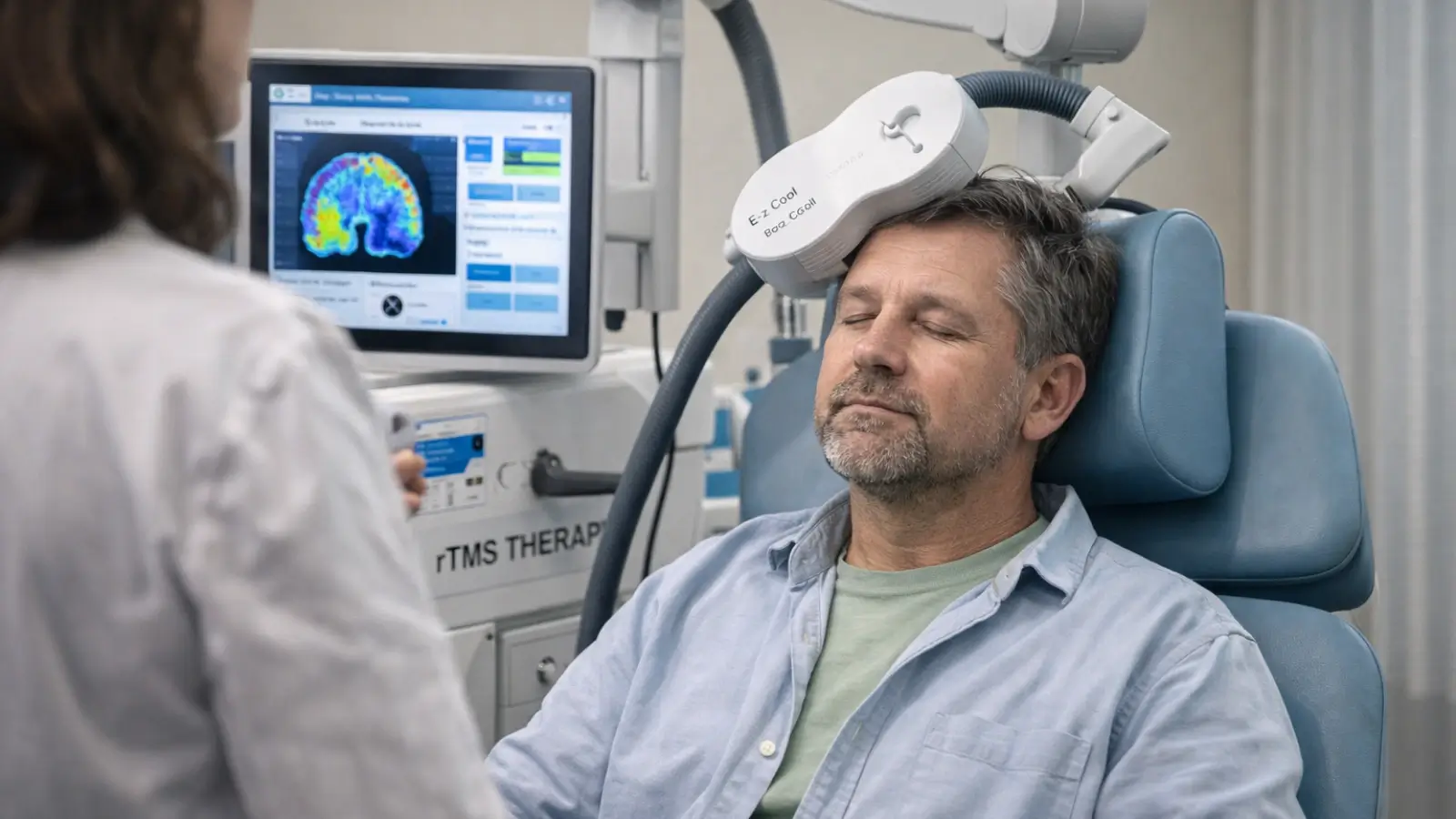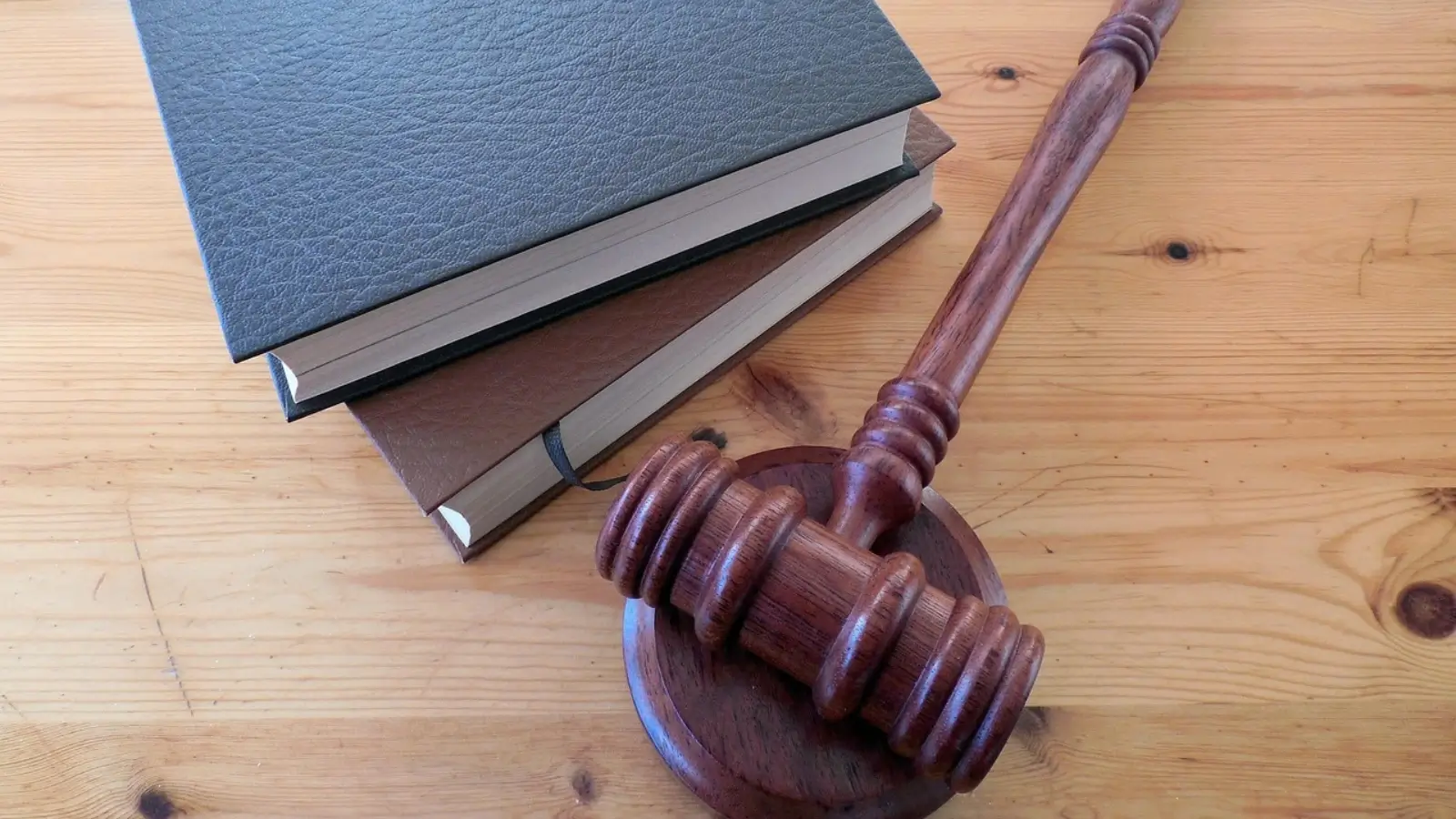People are becoming more negligent across the United States, increasing accidents and injuries nationwide. According to the National Safety Council (NSC), one in five persons demanded medical intervention for harm in 2022. Personal injuries rank closely after heart disease and cancer as the third leading cause of death in the U.S.
"When people negligently or intentionally act wrongly, they endanger others. In such circumstances, they cause avoidable injuries or fatalities. Imagine a driver running a red light. Such an individual can practically render you useless," says personal injury attorney Harry Nalbandyan of Levin & Nalbandyan LLP.
Sometimes, the injuries you sustain in these circumstances are invisible. How can you prove them in your personal injury claim if you cannot detect them?
This article discusses the impact of invisible harm on your personal injury claim:
Understanding Invisible Injuries
An invisible injury is a concealed or hidden injury sustained in a personal injury accident. These injuries are often difficult to detect and may go unnoticed. They are unlike fractures, cuts, and bruises that are easily noticeable.
Typical invisible injuries include concussions, back injuries, soft tissue injuries, traumatic brain injuries (TBIs), muscle/tendon sprains, and nerve damage. Although these injuries are invisible, they can cause significant pain to the victim. That is why you should capture them in your personal injury claim.
How to Prove Invisible Injuries
The reason why many hesitate to add their invisible injuries to their personal injury claims is that they do not know how to prove it. No one will grant your prayers if you cannot prove your claim. Thus, you must know how to present evidence to increase your chances of a favorable outcome.
These strategic steps will help you prove your invisible injuries in a personal injury claim:
Seek Medical Attention Promptly
The primary reason for seeking medical attention immediately after an accident is to protect your physical health. You must prioritize your well-being by visiting a physician even when you feel you are okay after an accident.
However, you also need to seek medical attention to support your personal injury claim. You need medical records to strengthen your claim. However, it is difficult to get these records if you do not visit a healthcare facility.
Even if you do not feel any pain immediately after a mishap, visit a doctor for an examination. They may spot hidden injuries or their traces. Medical professionals know the symptoms that will develop over time.
While treating you, they will keep a medical record of all activities. You can subsequently use this detailed record in your battle for maximum compensation. When an insurance adjuster wants to assume that your condition is not as severe as you paint it, you can refer them to the medical record.
Do Not Miss Follow-Up Medical Appointments
Do not assume that the initial visit will do the magic, and as such, you have no reason to return to the healthcare facility. You do not know more than your doctor; honor all follow-up appointments for your own good.
Adhering to your physician's recommendations concerning your treatment plan will hasten the healing process. It will also help them identify and mitigate potential damages before they get out of hand.
If you fail to attend follow-up appointments, you are shooting yourself in the foot. The defendant may argue that your refusal to turn up for treatment aggravated the condition, and as such, you will not be responsible for that.
You must consciously take all logical steps to prevent your situation from deteriorating. It is unwise to allow your health to worsen to inflate your claim. Such a trick is not likely to work.
When the records show that you meticulously follow all treatment plans, your claim's chances of succeeding are increased.
Diligently Record Your Feelings
Another way to positively influence your claim is to record your feelings immediately after an accident. For instance, you find it challenging to perform some regular tasks after the accident. Are you feeling unusual pain in some parts of your body?
Keep a record of anything that can affect your quality of life or earning potential in the future. Having a well-documented record to back up your claim shows you are not just framing up the story. In any legal setting, documented evidence speaks louder than make-up stories.
Parting Words
Ignoring the need to visit a healthcare facility immediately after an accident is like missing a crucial opportunity. Some injuries do not manifest immediately but can significantly affect you when they eventually do. A medical practitioner can identify the symptoms of these hidden injuries and address them effectively.
Visiting a physician will also help you get a medical record that your personal injury attorney can add to your evidence. Your lawyer will use your medical record to prove that you deserve a certain amount as compensation.

















